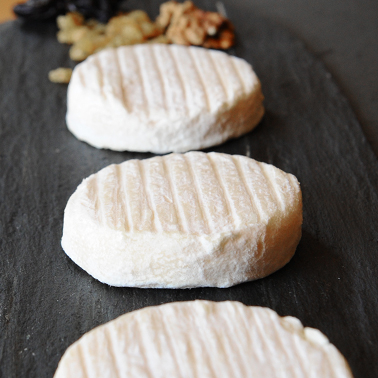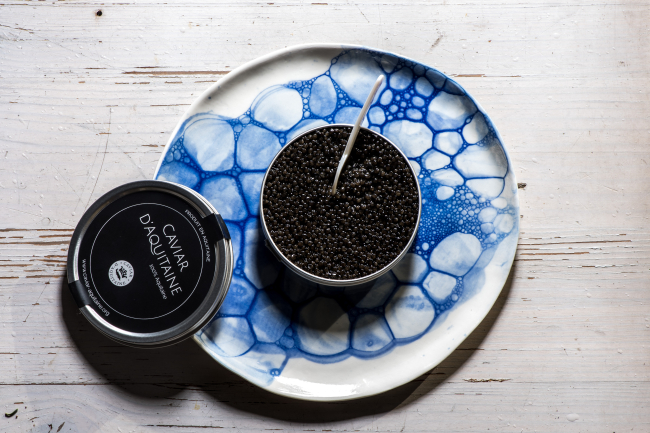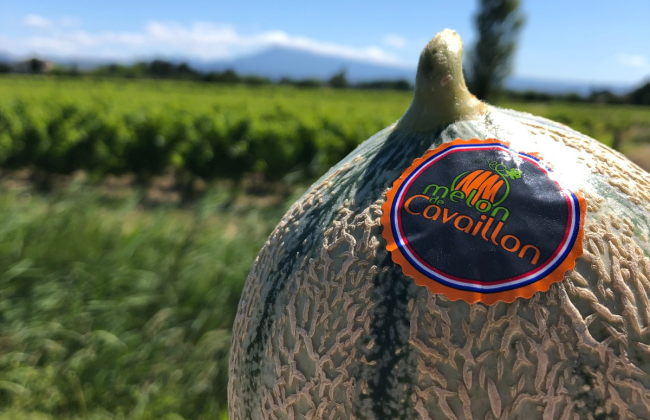A "thousand-year-old" nougat
The first trace of nougat in the town of Montélimar dates back to the 11th century. Adhémar le Rouge, then lord of Montélimar, is said to have brought nougat back to his lands on his return from the First Crusade.
It was in 1701 that "Montélimar nougat", with honey and almonds, was first mentioned in the town's archives, and became a gift of choice for the nobility. In the 19th century, President Emile Loubet brought it to international attention. Since then, its development and renown in France have continued to grow, becoming a product appreciated and recognized by more than three out of four French people (78% of those under 15 and 94% of those over 35).
A production rooted in its territory
In the 16th century, almond tree plantations were developed in the region, whose fruit quickly replaced walnuts and complemented honey in the making of Montélimar nougat, which found ideal climatic conditions in this region (dryness of the air which avoids having a sticky nougat).
This production has remained centered on Montélimar and is still made today in this town as well as in 13 surrounding communes in the south of the Drôme department.
Although initially made by confectioners, it was at the end of the 18th century that the nougat-making profession took root in the region, enabling the skills of master bakers to be maintained and manufacturing traditions to be perpetuated locally right up to the present day.
A traditional, unique and exacting recipe
The "nougat de Montélimar" PGI is distinguished by its traditional and exacting recipe, which gives it its texture and subtle aroma of honey and almonds.
It's made from an airy white paste of stiffly beaten egg whites, baked with honey (minimum 25% of sweetening matter) and sugar, and a filling of whole roasted sweet almonds (minimum 30%), possibly topped with green pistachios. No additives other than vanilla bean or natural flavoring are permitted. It comes in two textures: hard and crunchy, or soft and chewy. It can be found in the form of slabs, small rectangular blocks or molded (in the form of eggs, for example, at Easter), or as broken pieces to embellish desserts.
Economic data
3 000
tonnes de nougat produites par an
13
fabricants
200
emplois directs
Press release
Communiqué de presse : La dénomination "Nougat de Montélimar" enregistrée en IGP
Communiqué de presse : La dénomination "Nougat de Montélimar" enregistrée en IGP
The latest approvals for French SIQO products
The name "Pérail" is officially recognized as a Protected Geographical Indication (PGI), by publication, on May 26, 2025...
News

News
The name "Caviar d'Aquitaine" is officially recognized as a Protected Geographical Indication (PGI), with the...
News

News
The "Melon de Cavaillon" denomination is officially recognized as a Protected Geographical Indication (PGI), with the...
News

News
